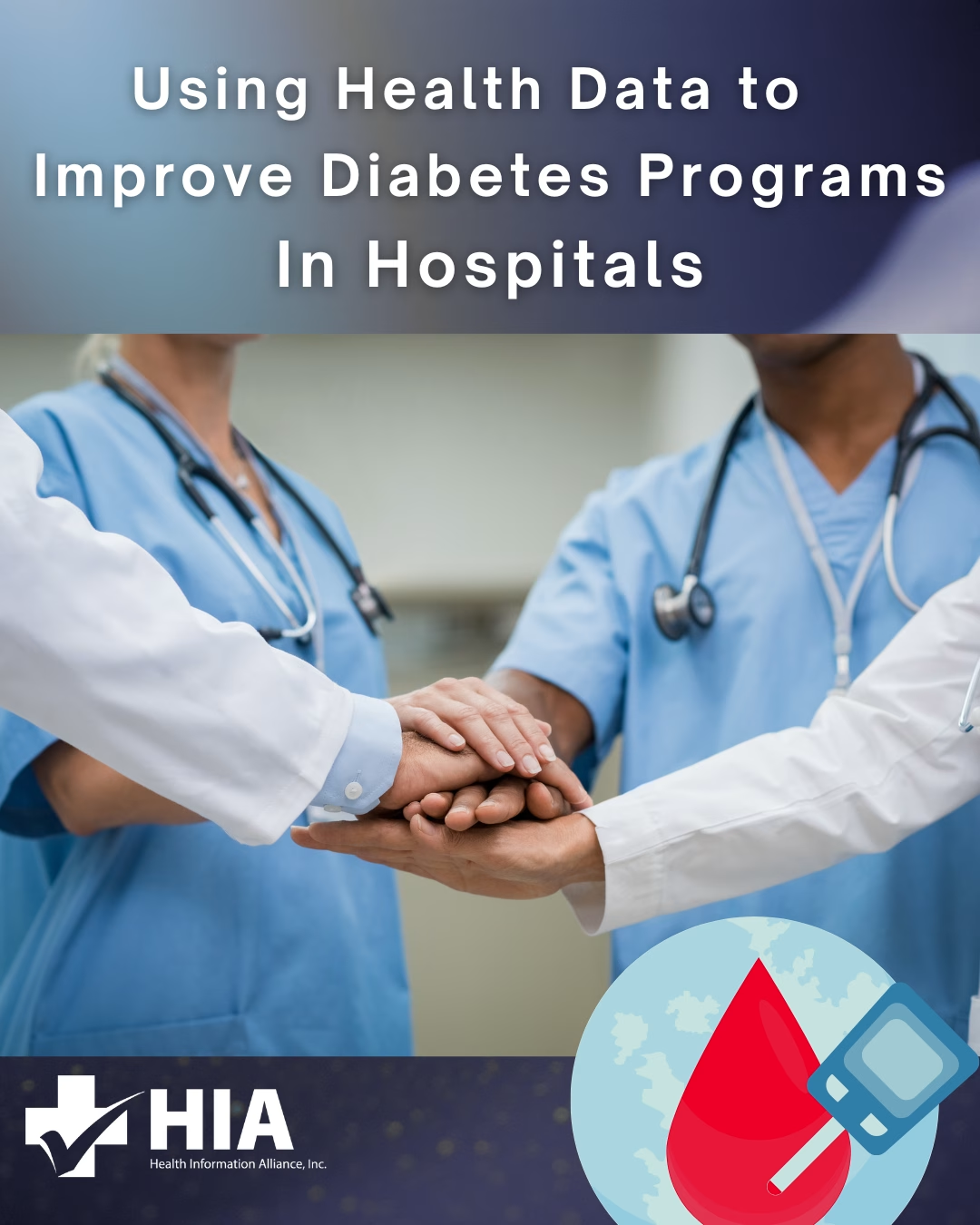Sepsis remains a formidable challenge in healthcare, but recent research developments offer a glimmer of hope for reducing its high mortality rates. These advancements span-new therapeutic approaches, innovative diagnostic tools, and preventative measures, each contributing to more effective management of this life-threatening condition.
One of the most promising areas of sepsis research involves the development of novel therapies currently undergoing clinical trials. For example, researchers are exploring monoclonal antibodies that target specific components of the body’s immune response, potentially reducing the excessive inflammation that characterizes sepsis. These treatments aim to restore balance to the immune system, preventing the cascade of events that lead to organ failure and death. Early clinical trials have shown promising results, with some patients experiencing improved outcomes compared to standard treatments (Vincent & Marshall, 2023).
The advent of rapid diagnostic technologies is also revolutionizing the early detection of sepsis. Traditional diagnostic methods, such as blood cultures, can take hours or even days to yield results, during which a patient’s condition may deteriorate. However, cutting-edge technologies like next-generation sequencing and point-of-care testing devices are drastically reducing this timeframe. For instance, a new rapid diagnostic tool currently in development can identify sepsis-related pathogens in under an hour, allowing quicker, more targeted treatment (DFWHC, 2024). These innovations are crucial, as early diagnosis and treatment are key factors in reducing sepsis-related mortality.
In addition to novel therapies and diagnostics, there have been major developments in preventive strategies for sepsis. Hospitals are increasingly adopting sepsis screening protocols that involve routine monitoring of at-risk patients, such as those with weakened immune systems or chronic conditions. These protocols use specific biomarkers to indicate the onset of sepsis, enabling healthcare providers to intervene swiftly with antibiotics and supportive care before the condition worsens. Research has shown that these protocols significantly reduce the incidence and severity of sepsis, improving overall patient outcomes (Vincent & Marshall, 2023).
Public health campaigns are also playing a vital role in the fight against sepsis. These educational initiatives, targeted at both healthcare professionals and the general public, emphasize the importance of recognizing early symptoms of sepsis—such as fever, rapid breathing, and confusion—and seeking immediate medical attention. Increased awareness and understanding of sepsis among the public and healthcare providers alike are essential in reducing the time to diagnosis and treatment, ultimately improving survival rates (DFWHC, 2024).
Despite these advances, challenges remain in the fight against sepsis. The complexity of the condition, which involves a multifaceted interplay between the immune system and infectious agents, makes it difficult to develop a one-size-fits-all treatment. However, ongoing research into personalized medicine, which tailors treatment based on an individual’s genetic makeup and specific characteristics of their sepsis, holds promise for the future. Personalized approaches could potentially improve survival rates by ensuring that patients receive the most effective therapies for their unique situation. Here at HIA, we focus on sepsis patient clinical studies to reduce life-threatening complications in hospitals and help hospitals mitigate risk.
In conclusion, recent developments in sepsis research, including innovative therapies, rapid diagnostic tools, and preventative strategies, represent a significant step forward in the battle against this deadly condition. While challenges remain, these advancements offer hope for reducing sepsis mortality and improving patient outcomes. Continued research and investment in these areas are essential to fully realize the potential of these breakthroughs and to ultimately save more lives.
References
DFW Hospital Council. (2024). DFWHC Foundation’s Sepsis Conference 2024. Retrieved from https://dfwhc.org/event/dfwhc-foundations-sepsis-conference-2024
Vincent, J. L., & Marshall, J. C. (2023). Advances in sepsis management: Where do we stand? Critical Care Medicine, 51(4), 541-547. https://doi.org/10.1097/CCM.0000000000005745






